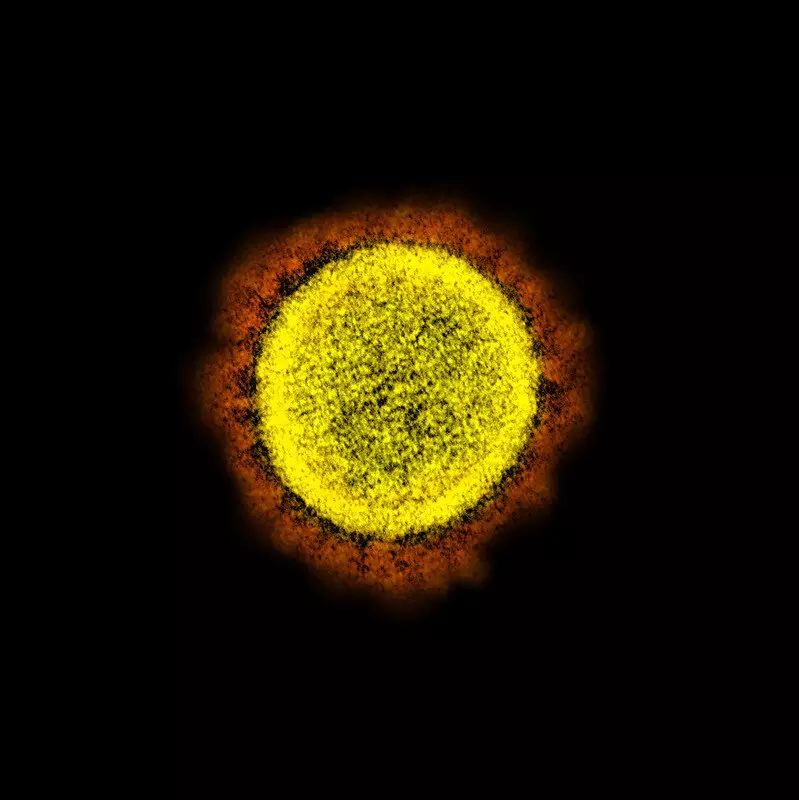The coronavirus disease 2019 (COVID-19) caused by the severe acute respiratory syndrome coronavirus 2 (SARS-CoV-2) has wreaked havoc across the globe, resulting in millions of infections and deaths. To combat this viral outbreak, scientists at the Massachusetts Institute of Technology (MIT) have been studying the structure and function of the virus’s ion channels, particularly the E ion channel. The discovery of the open state structure of this channel, along with the previously reported closed state structure, may provide valuable insights into the triggers that control its activity. Additionally, these findings have the potential to guide the development of antiviral drugs that can block the channel and mitigate the inflammatory response associated with COVID-19.
The E ion channel is encoded by the SARS-CoV-2 genome and plays a crucial role in the pathogenesis of COVID-19. This channel transports protons and calcium ions, inducing infected cells to launch an inflammatory response that leads to tissue damage and the characteristic symptoms of the disease. By understanding the structure and function of this channel, researchers hope to develop interventions that can disrupt its activity and reduce the cytotoxic effects of the virus.
Led by MIT professor Mei Hong, the research team used nuclear magnetic resonance (NMR) spectroscopy to determine the atomic-level structure of the open state of the E ion channel. They exposed the channel to an acidic environment with higher calcium ion levels, inducing its open conformation. Comparative analysis with the closed state structure revealed significant differences in the channel’s topology and configuration.
In the open state, the top opening of the channel, which extends into the ER-Golgi intermediate compartment (ERGIC), becomes wider and coated with water molecules. This coating creates a more conducive environment for ions to flow through. Additionally, the top opening contains hydrophilic amino acids that attract positively charged ions, facilitating their entry into the channel. In contrast to the closed state, the open state is broader at the top and narrower at the bottom. Hydrophilic amino acids near the bottom opening further aid in the passage of ions through a hydrophobic gate in the middle of the channel.
The researchers discovered a tight belt of three phenylalanine residues near the hydrophobic gate. The conformation of these phenylalanines plays a pivotal role in regulating the transition between the closed and open states of the channel. Depending on their arrangement, these phenylalanines can either block the channel or allow ions to pass through. Understanding this mechanism could potentially inform the design of antiviral drugs that target the conformational changes of these residues.
The E ion channel presents an attractive target for the development of antiviral drugs. Disruption of the channel’s activity can prevent the influx of calcium ions into the cytoplasm, thereby reducing the inflammatory response triggered by the virus. MIT is collaborating with the University of California at San Francisco to develop molecules that can bind to the E channel and hinder ion transport. By doing so, researchers hope to generate antiviral drugs that can alleviate the inflammatory effects of SARS-CoV-2 and protect host cells from damage.
Further research is needed to investigate the impact of E channel mutations on the structure and function of subsequent variants of SARS-CoV-2. The recently emerged omicron variant, in particular, exhibits mutations in the pore opening, which may affect the behavior of the E channel. Understanding these variations could help researchers adapt their drug development strategies to target different viral strains effectively.
The characterization of the open state structure of the SARS-CoV-2 E ion channel is a significant breakthrough in our understanding of the virus’s pathogenesis. The insights gained from this study provide potential avenues for the development of antiviral drugs that can mitigate the inflammatory response associated with COVID-19. By targeting the E ion channel, researchers may be able to intervene in the transmission and progression of the disease, ultimately saving lives and preventing further devastation caused by the pandemic.


Leave a Reply